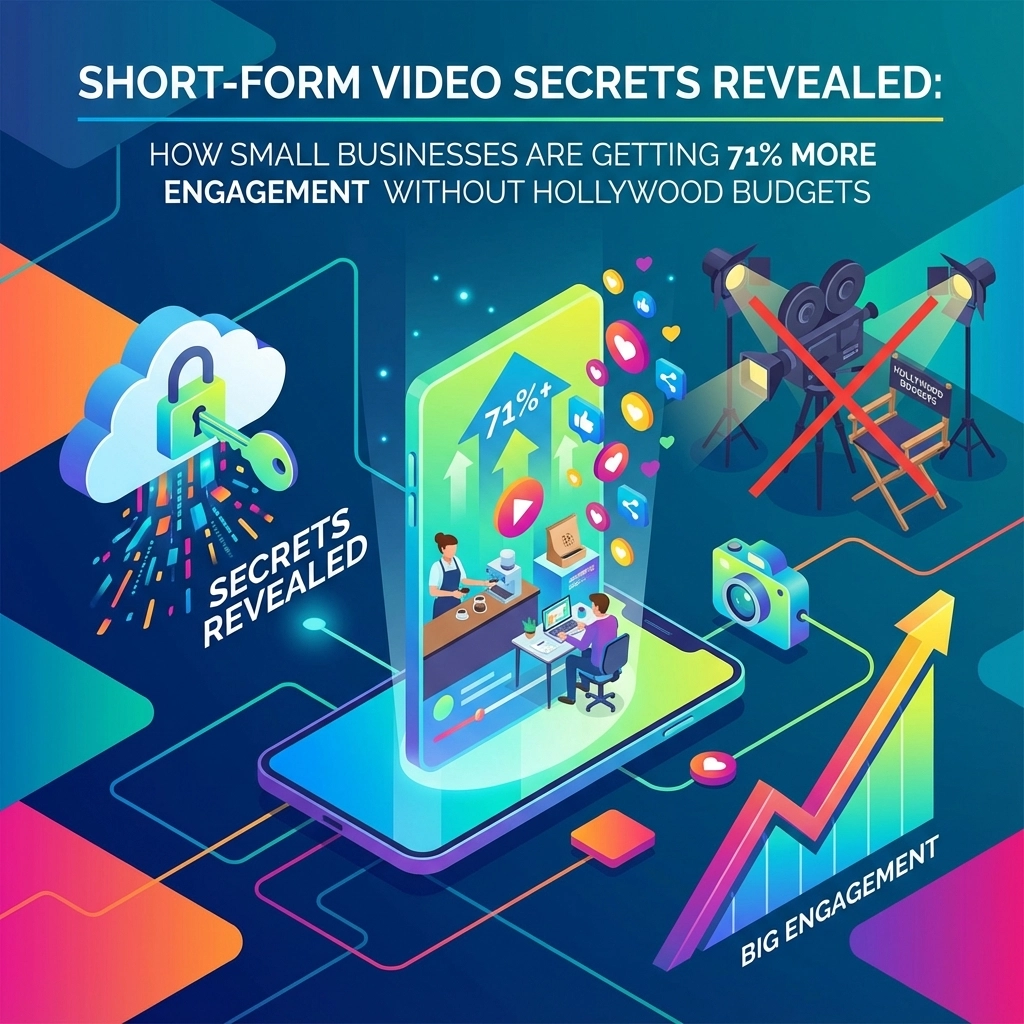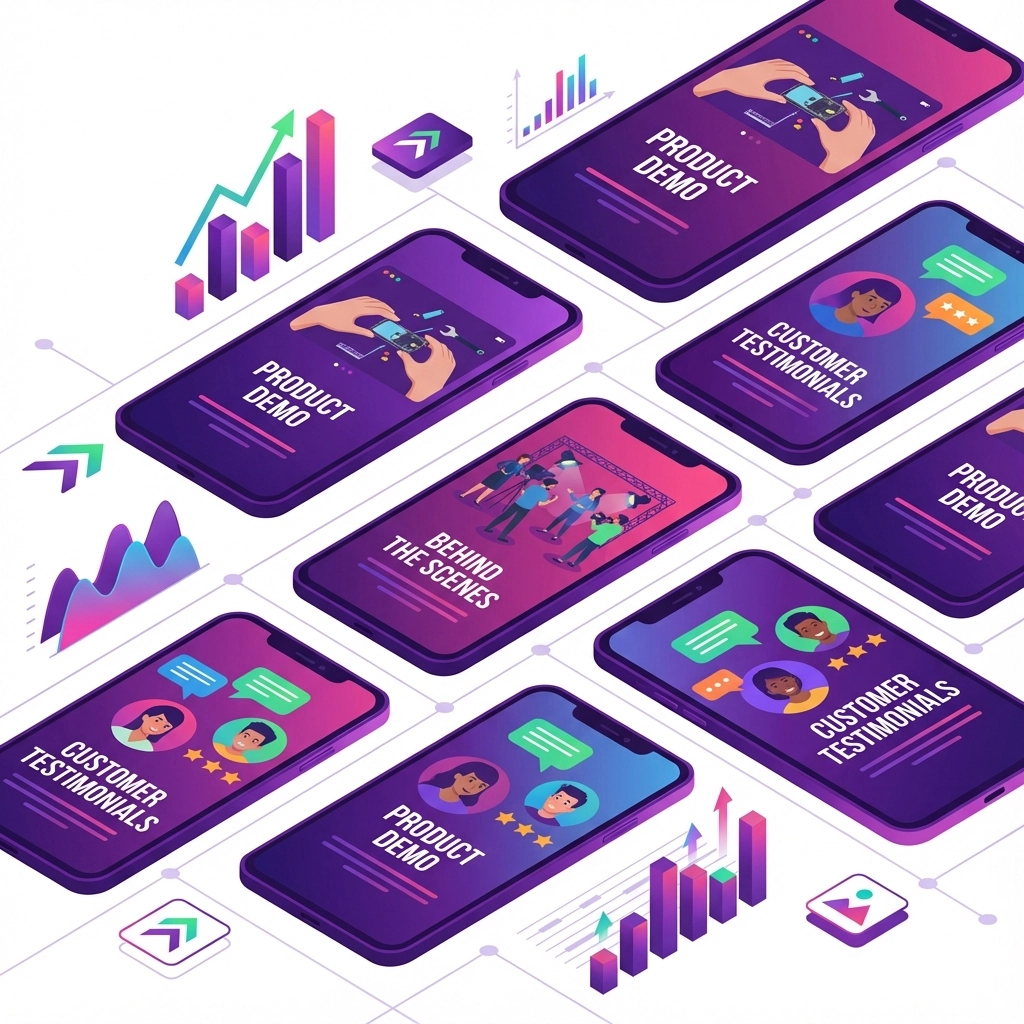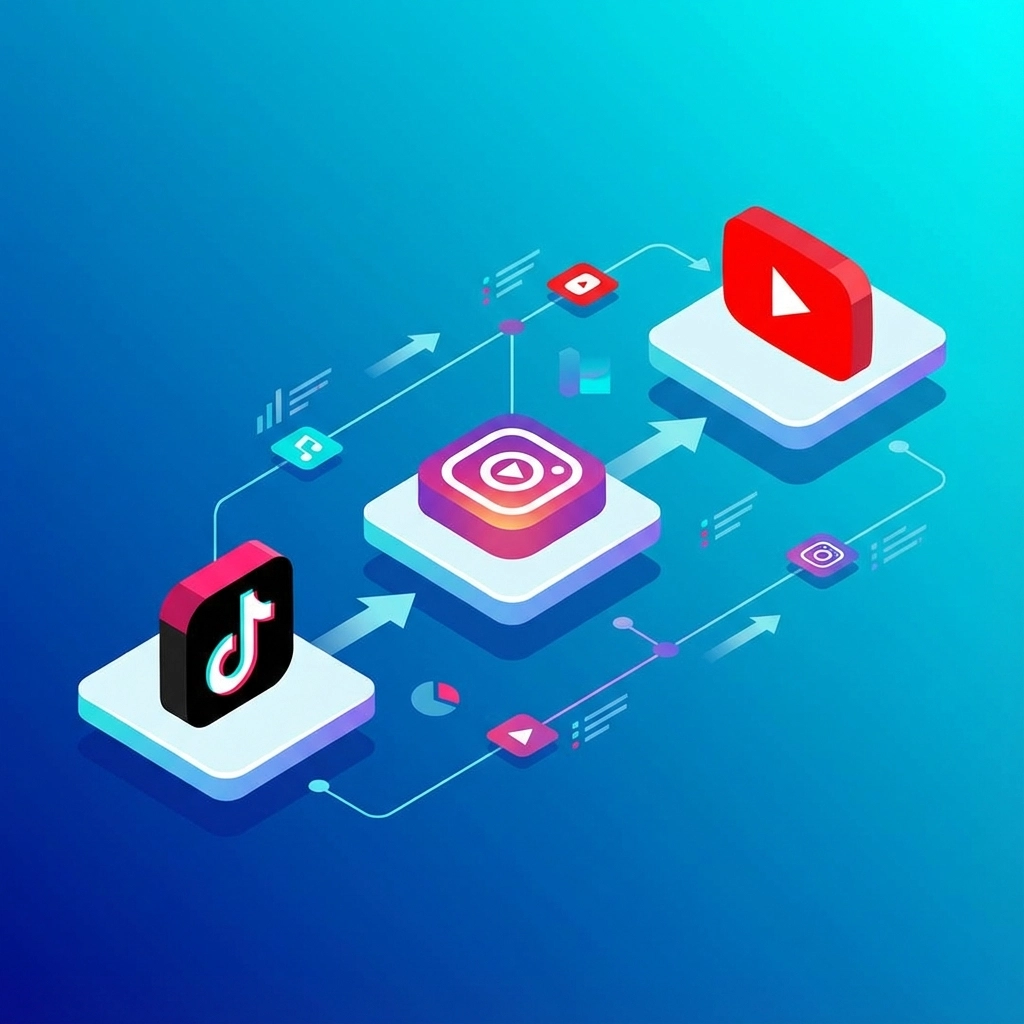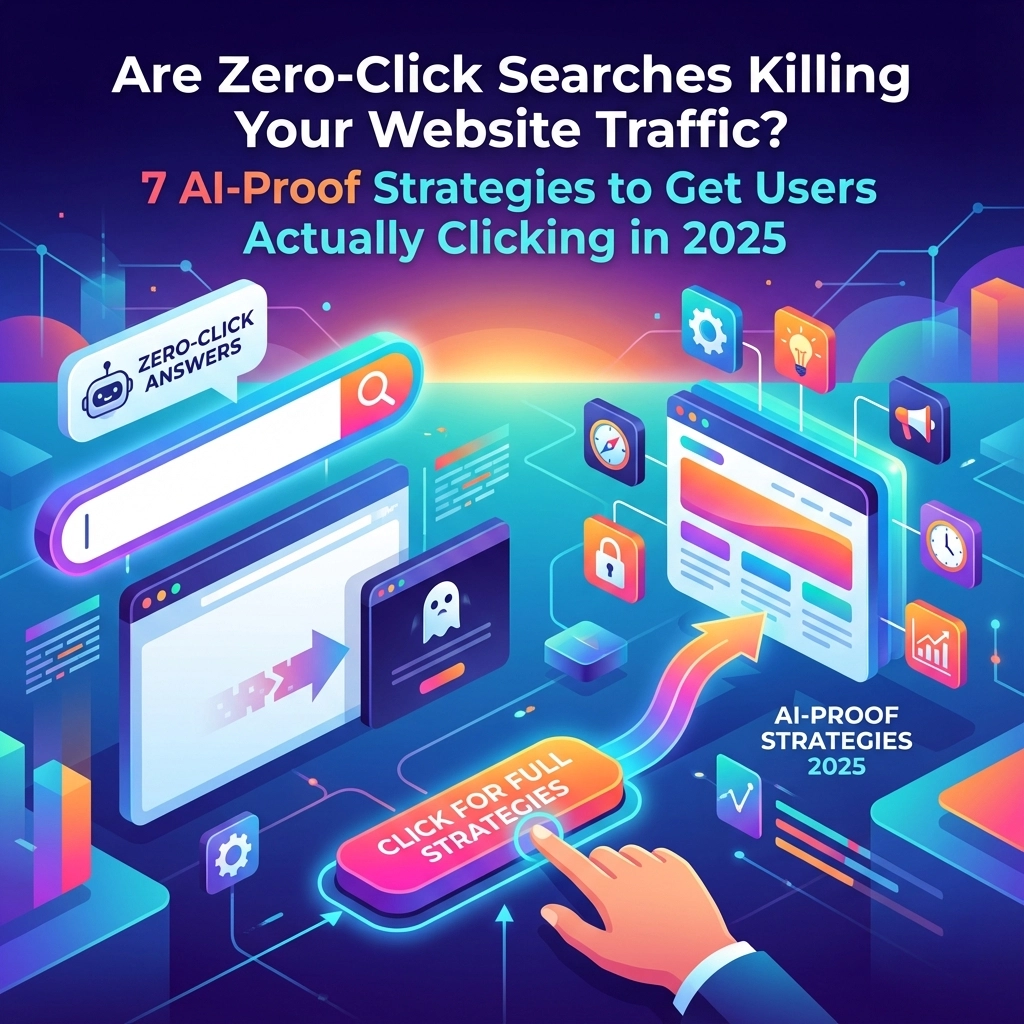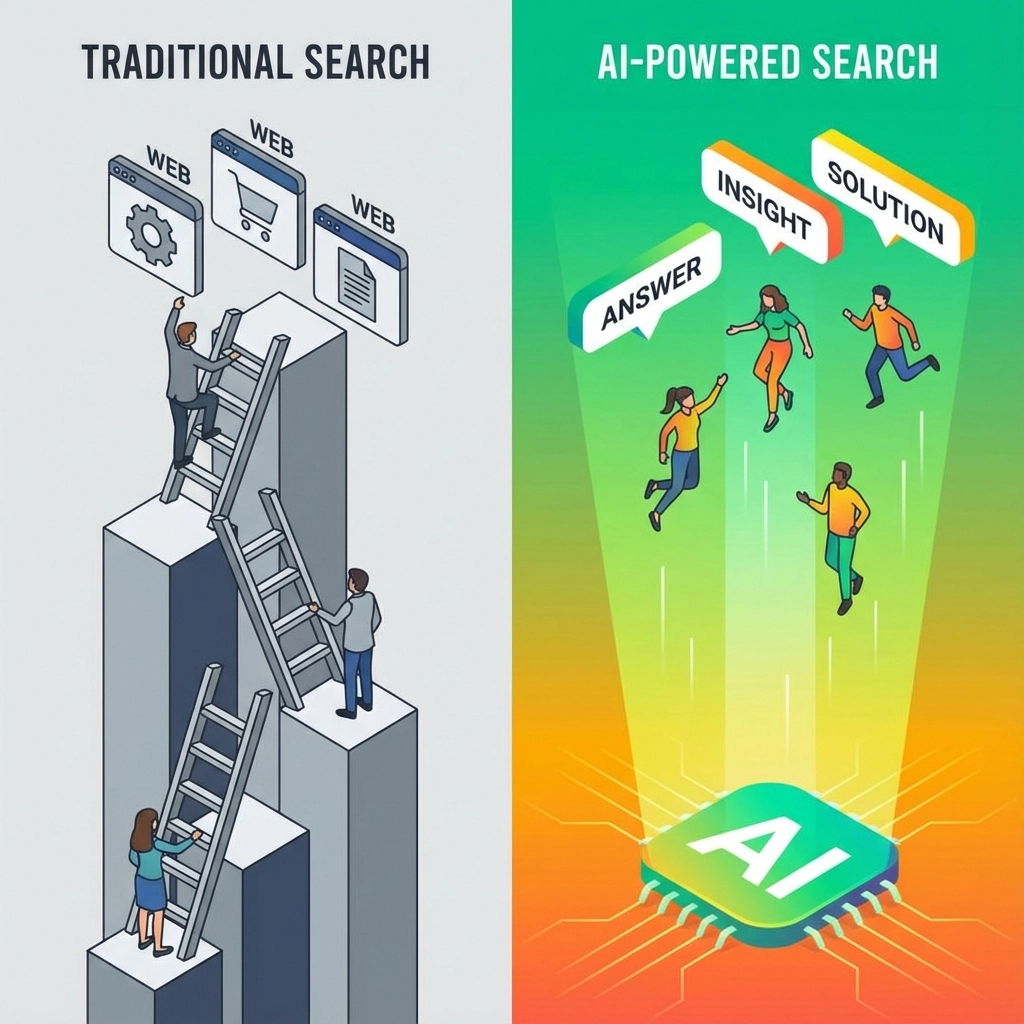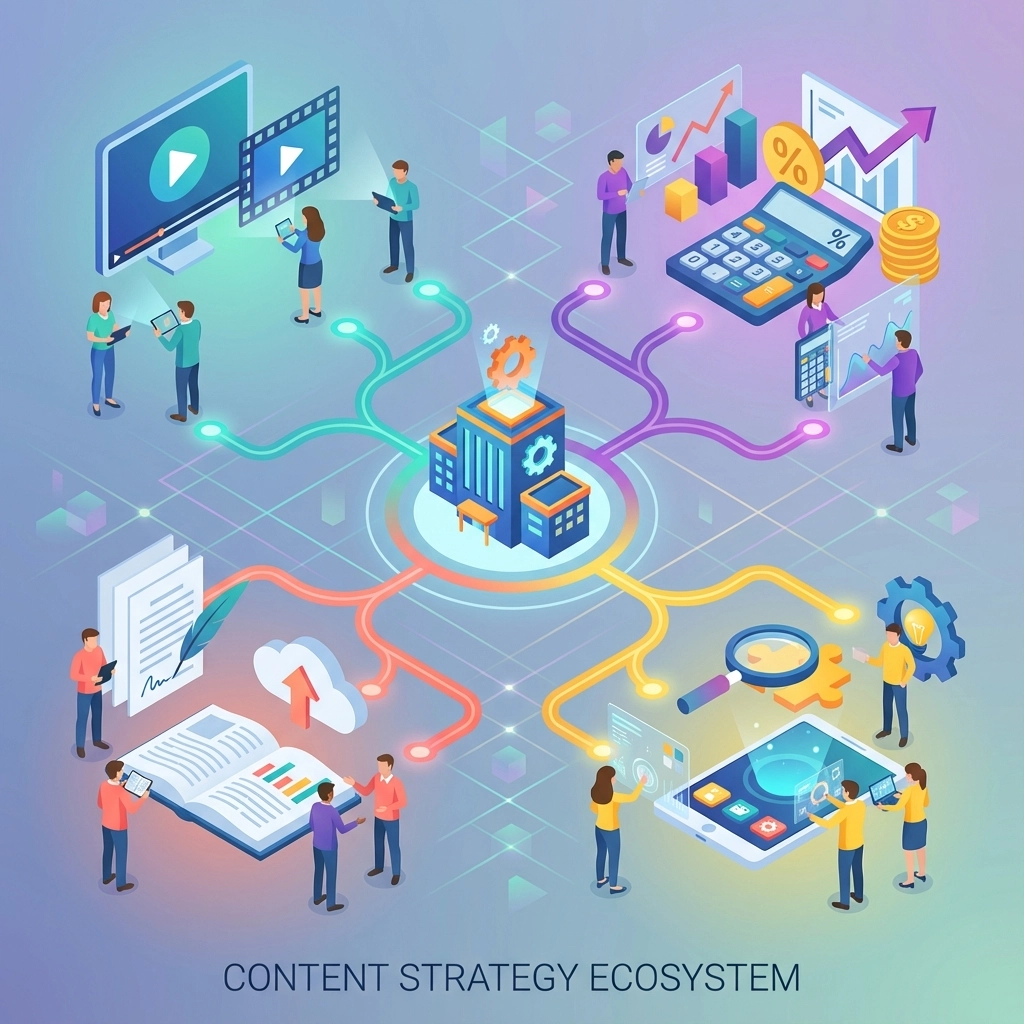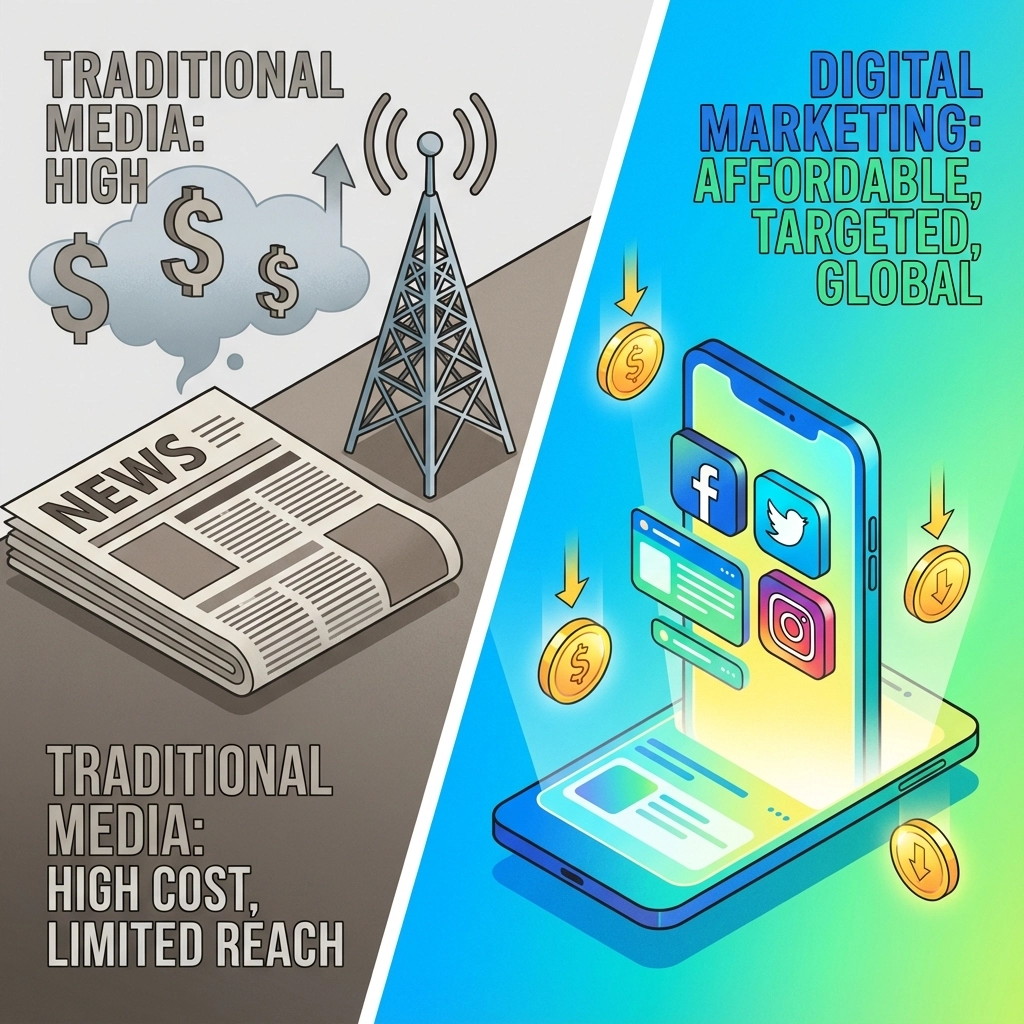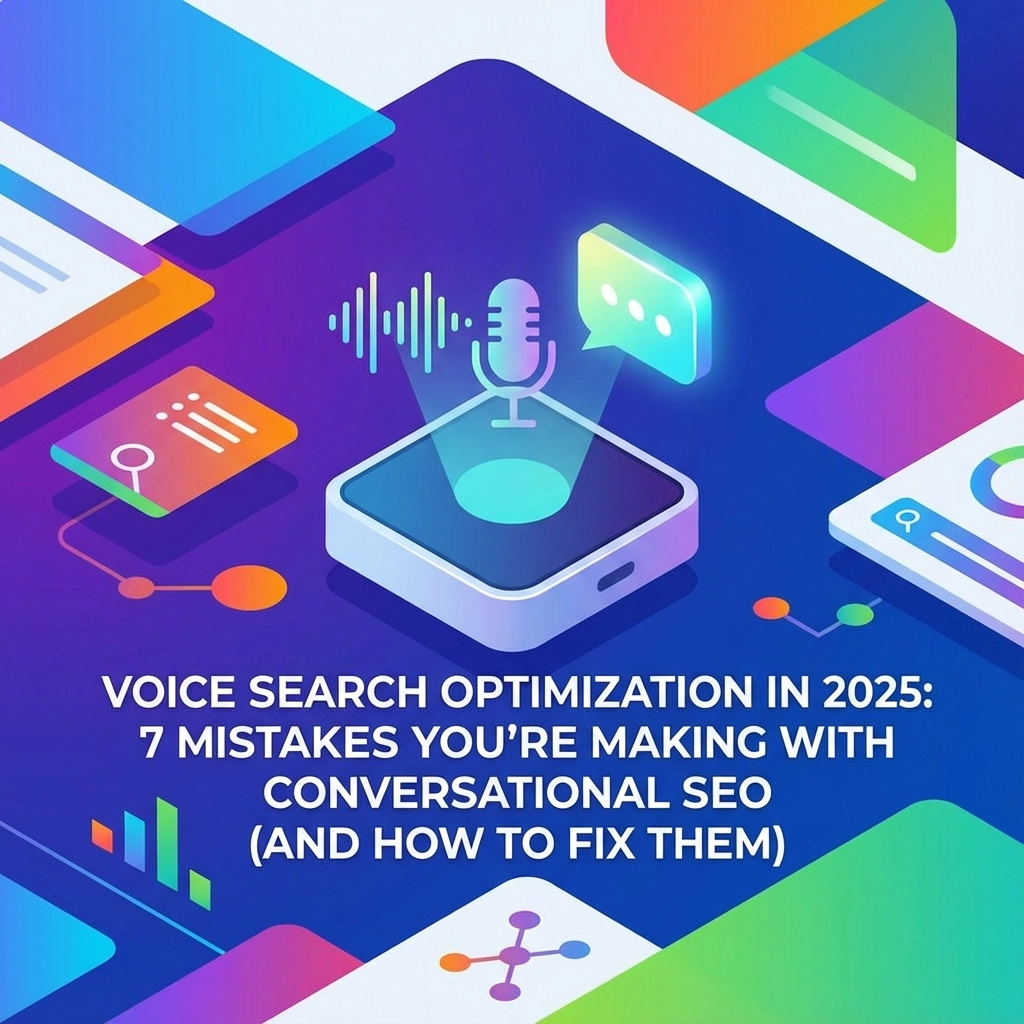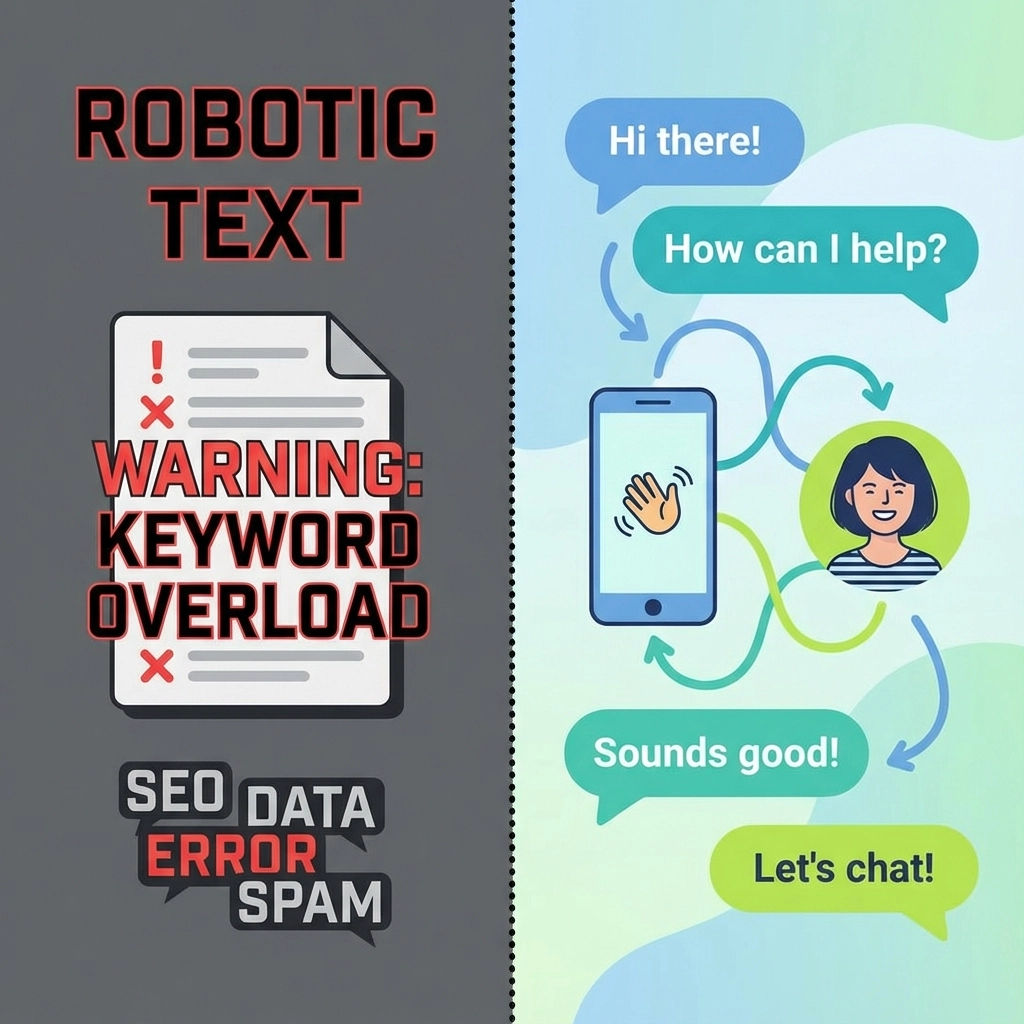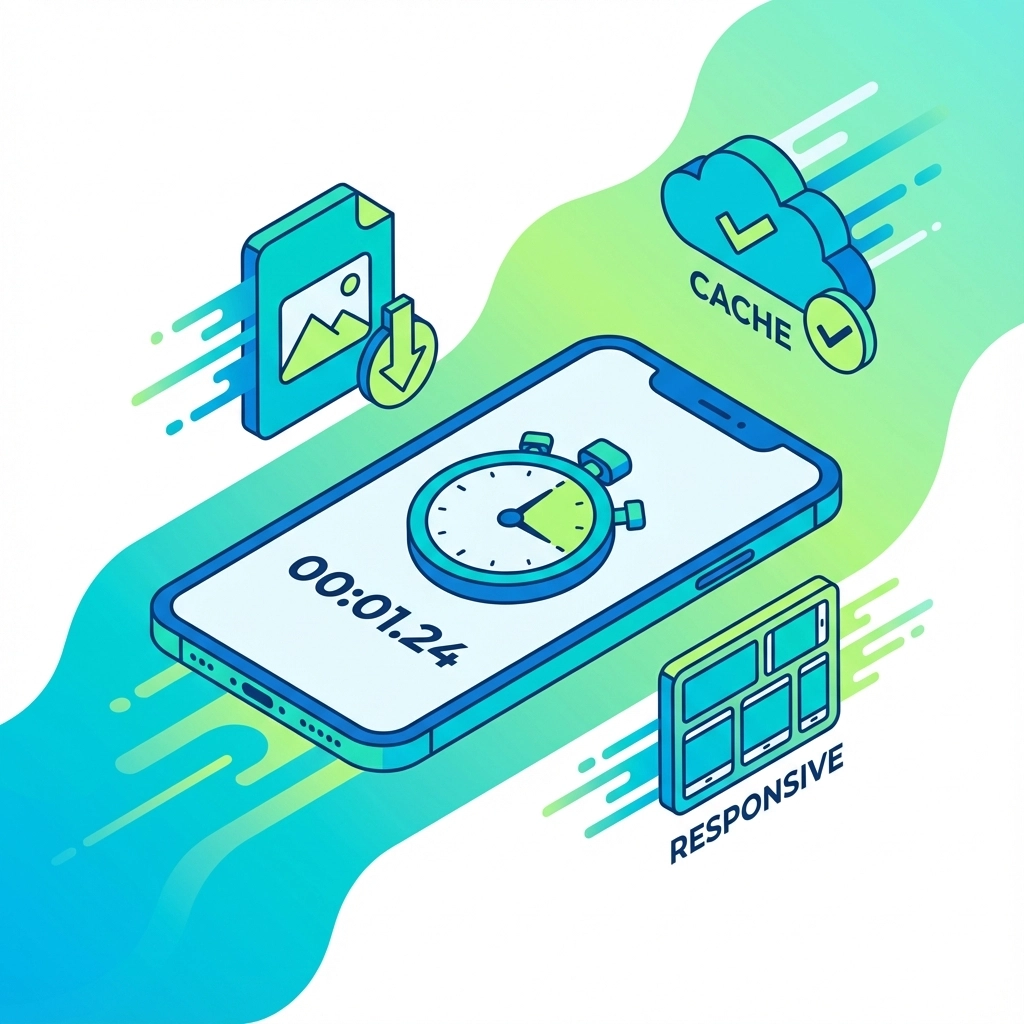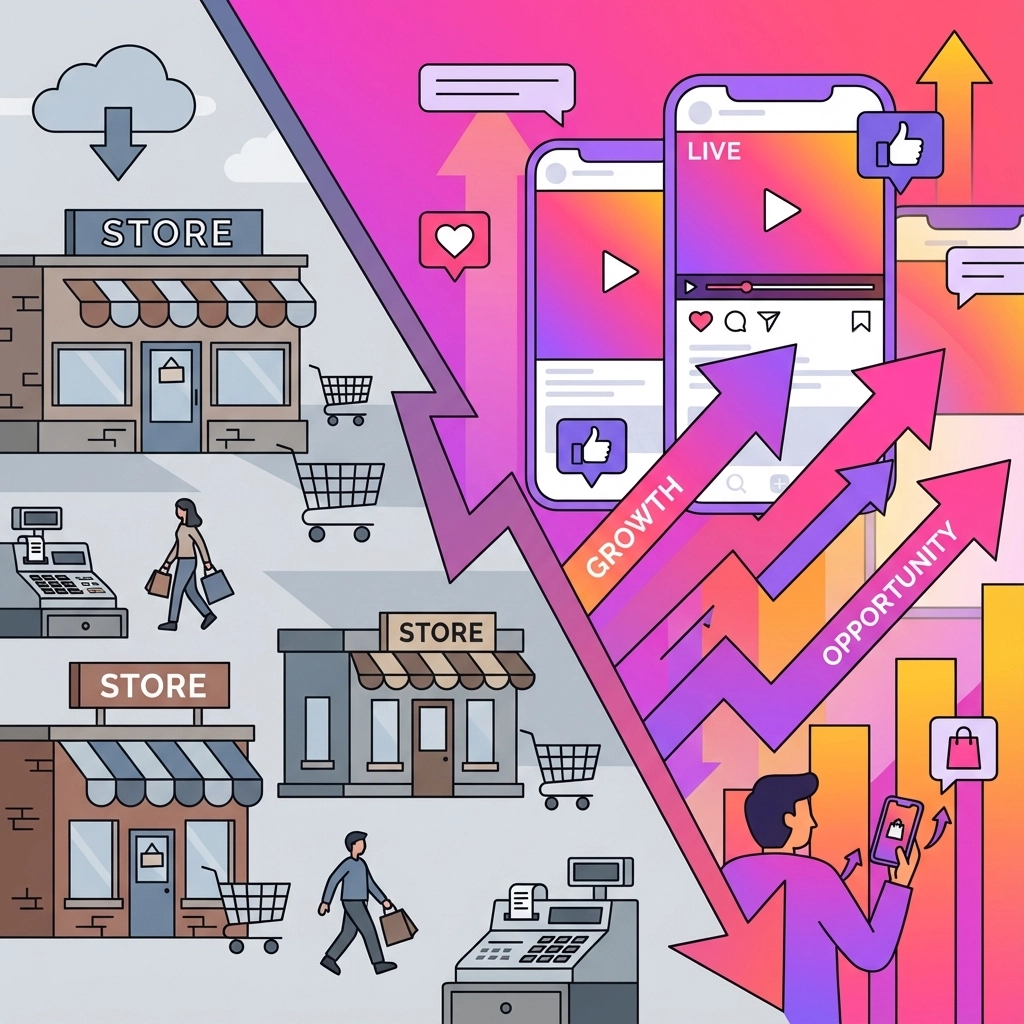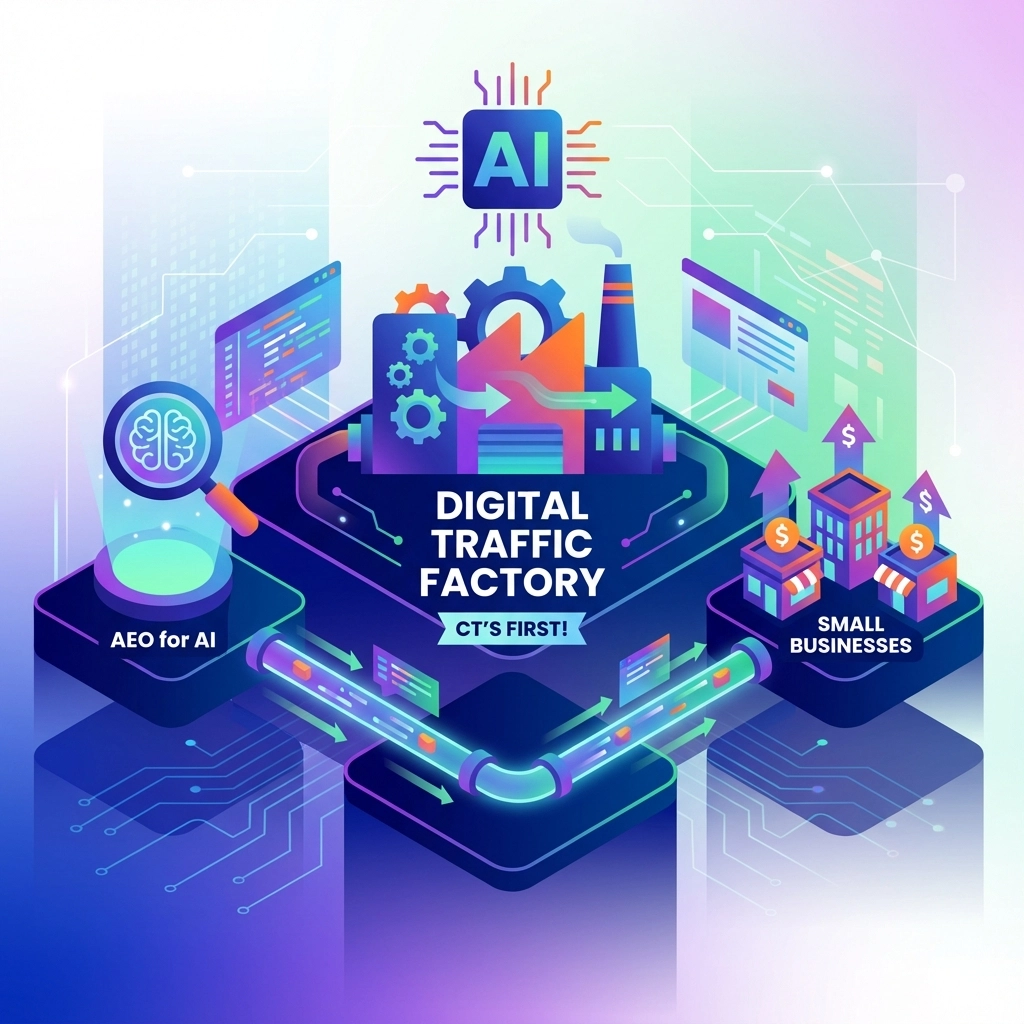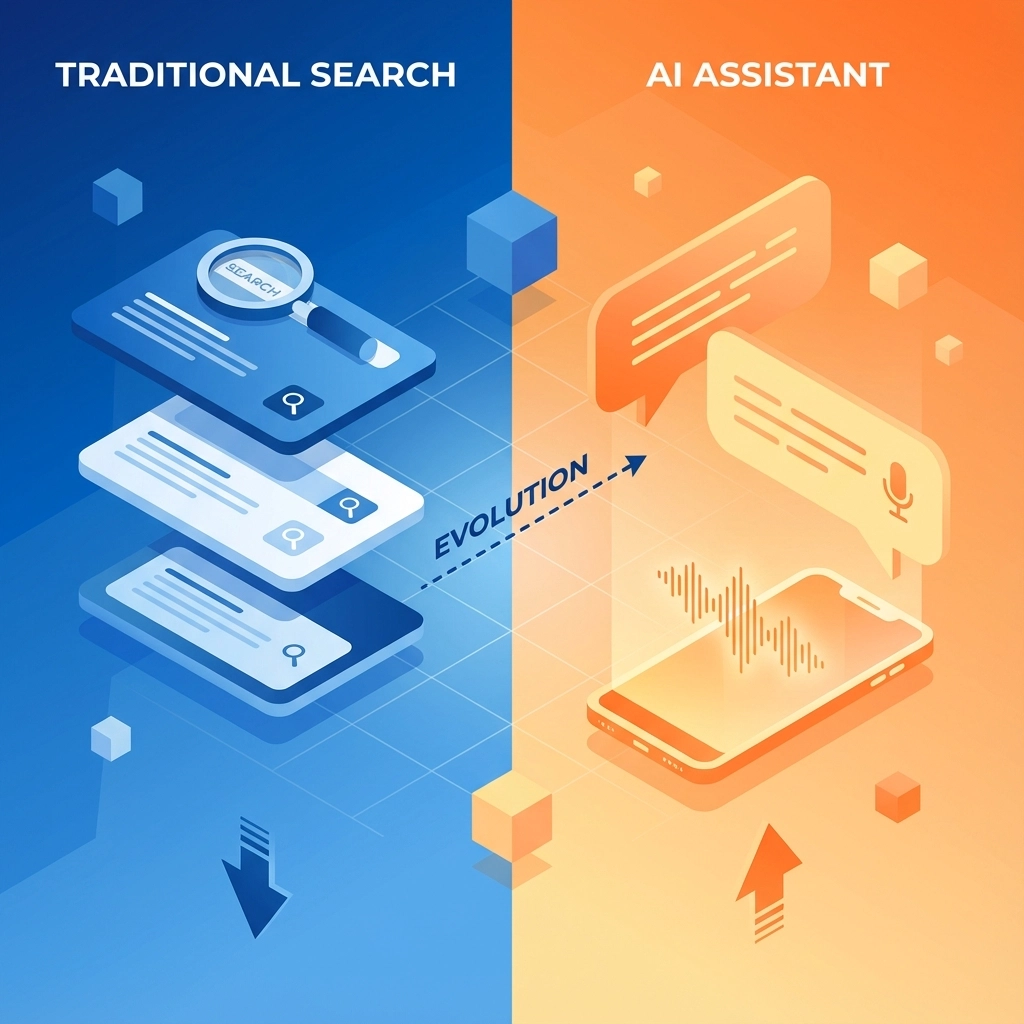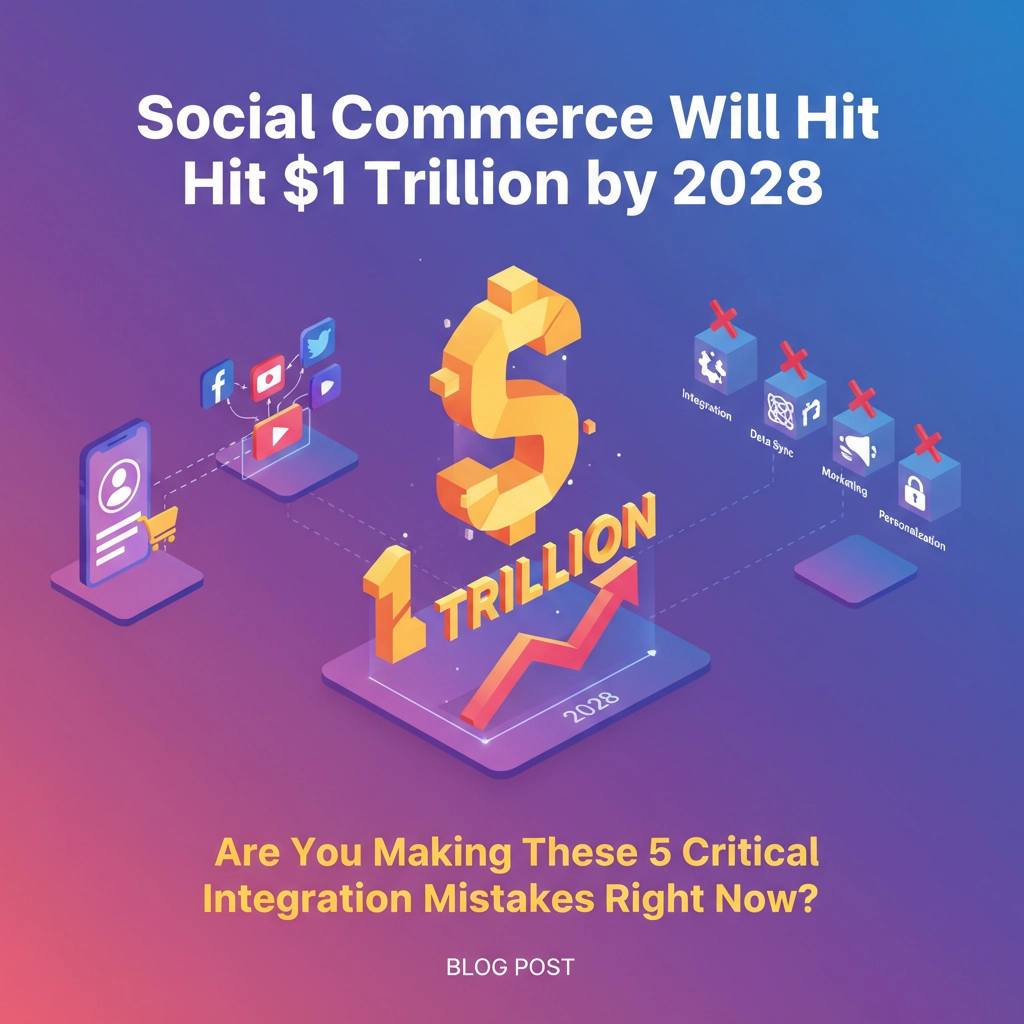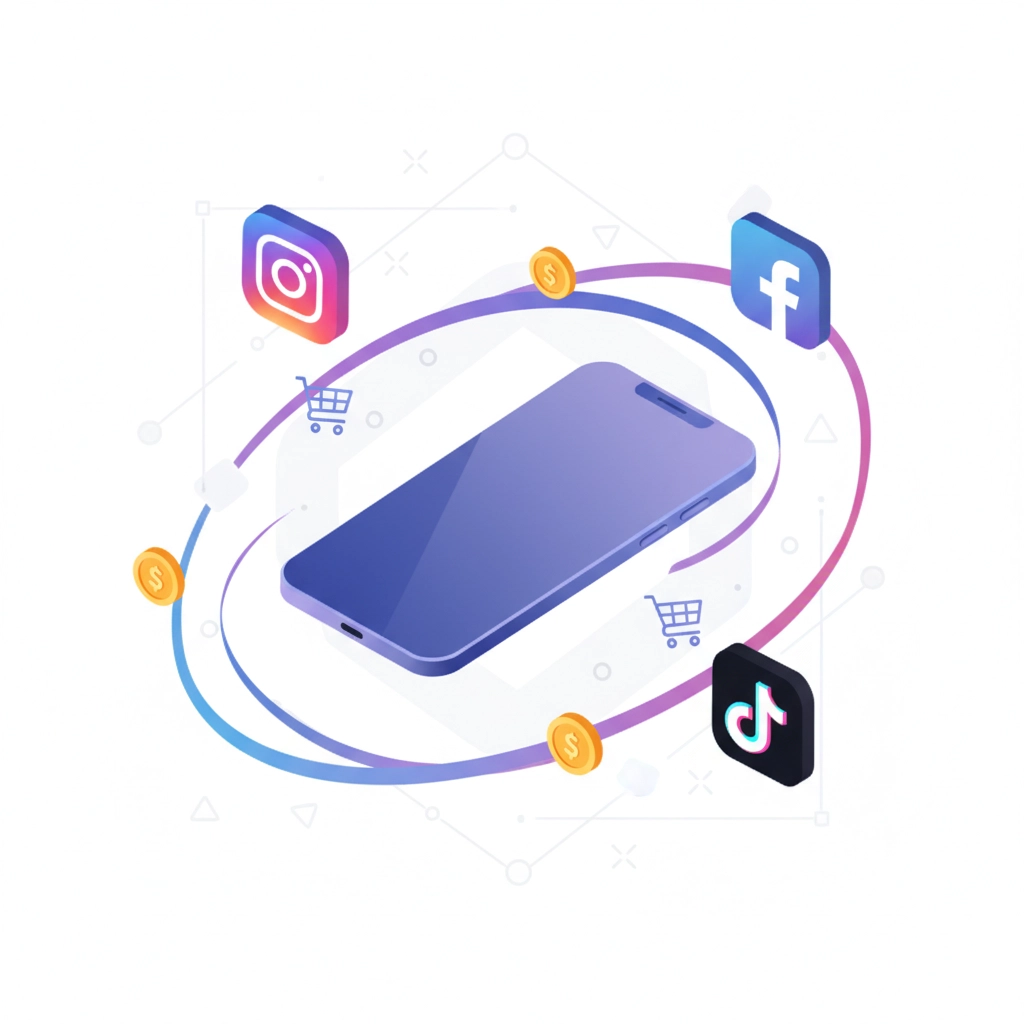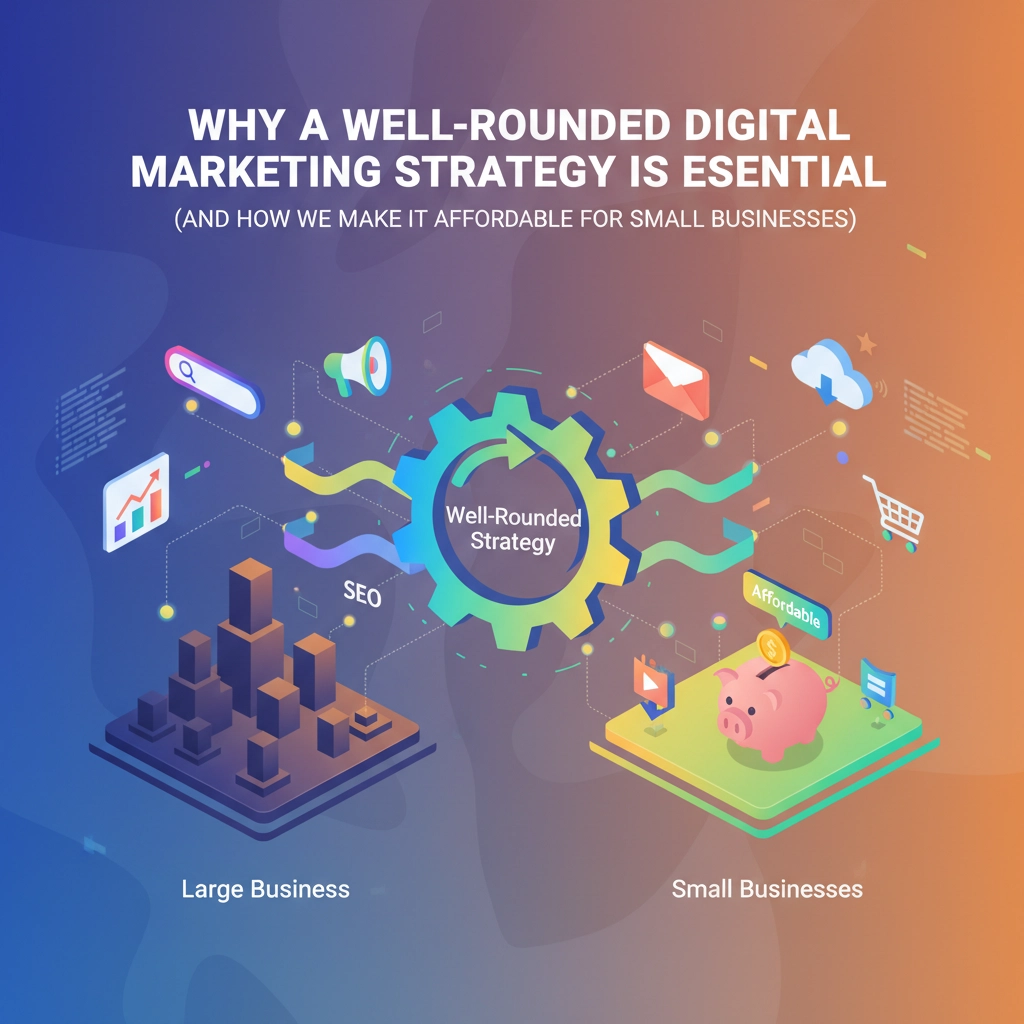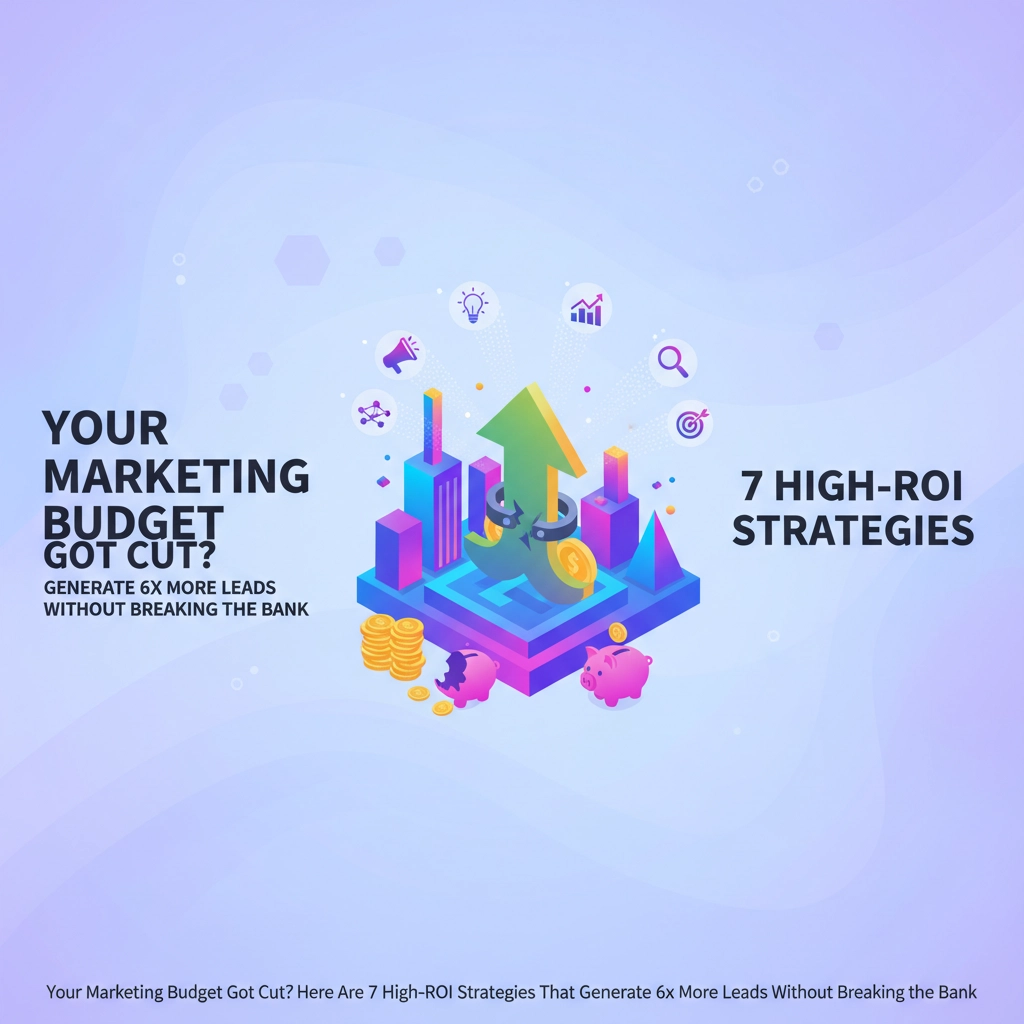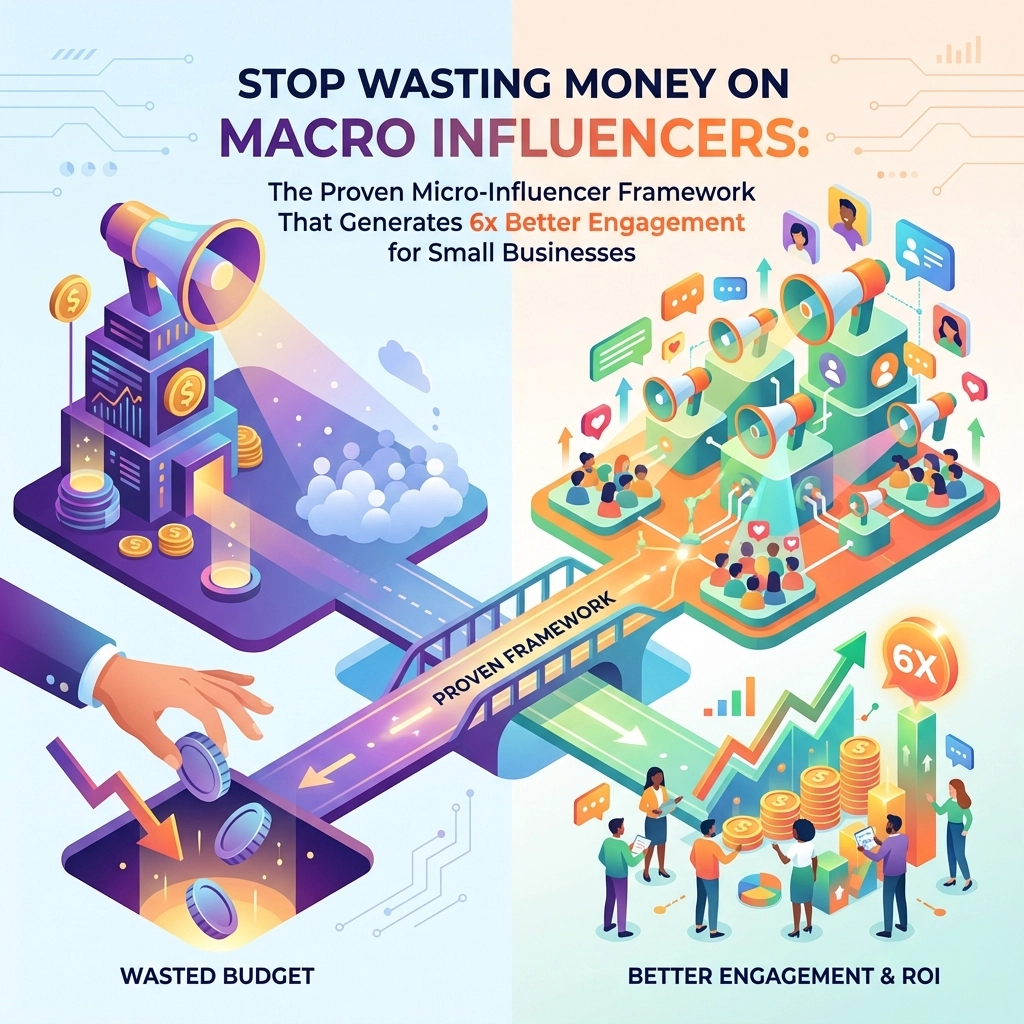
Here’s the harsh reality: most small businesses are throwing their marketing budgets down the drain chasing celebrity influencers with millions of followers, thinking bigger automatically means better results.
But here’s what the data actually shows: micro-influencers consistently outperform macro-influencers by 6x in engagement rates and deliver 5-8x better ROI for small businesses. If you’re still writing five-figure checks to macro-influencers while your smaller competitors are getting better results for pennies on the dollar, it’s time to rethink your strategy.
The Numbers Don’t Lie: Why Micro-Influencers Crush Macro-Influencers
Let’s cut straight to the data that’s going to change how you think about influencer marketing forever.
Engagement Rates Tell the Real Story
Micro-influencers (10K-100K followers) average 3.86% engagement rates on Instagram, while macro-influencers barely scrape together 1.21% engagement. In many cases, micro-influencers see engagement rates between 7-20%, compared to macro-influencers who struggle to hit 2%.
Think about what this means for your business: when you partner with a micro-influencer, nearly 4 out of every 100 people who see your content will actually engage with it. With a macro-influencer, you’re lucky if 1 person out of 100 even bothers to double-tap.
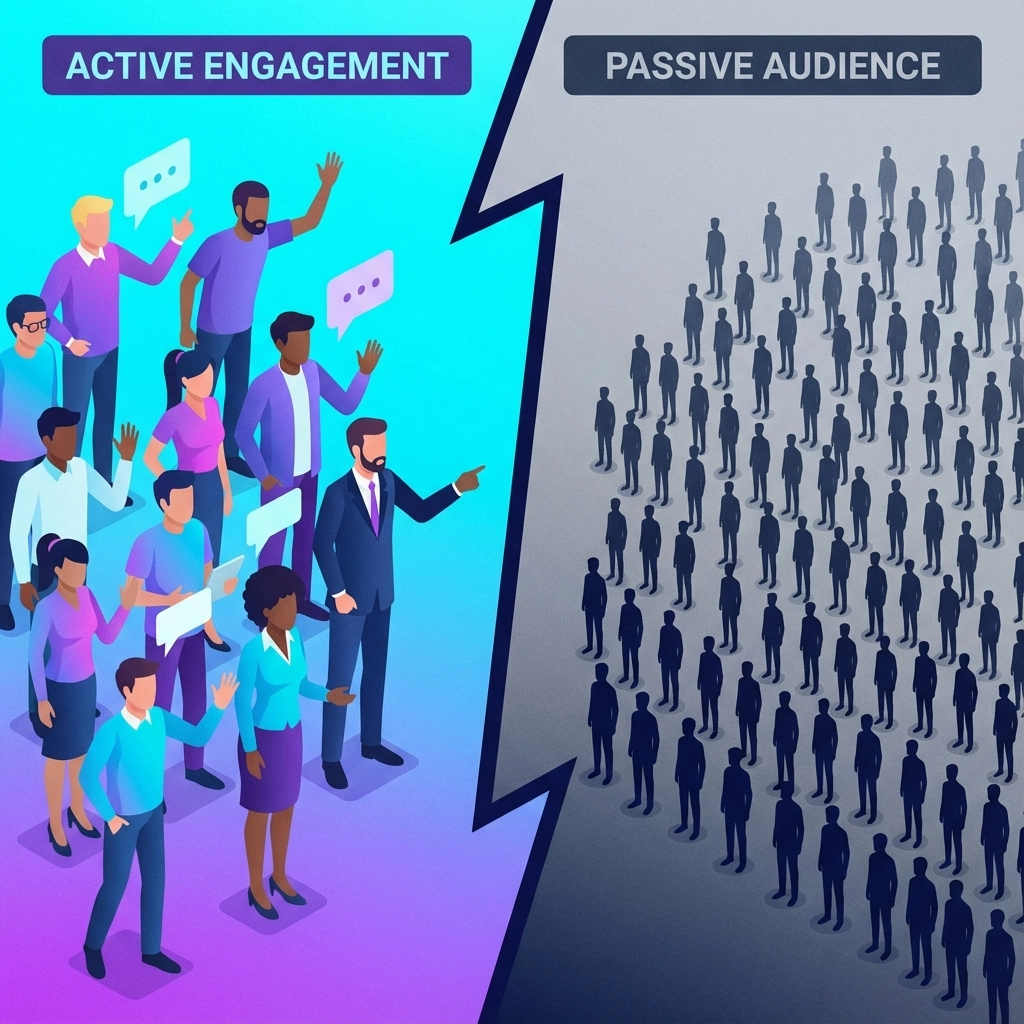
Conversion Rates Are Even More Dramatic
Here’s where it gets really interesting. Nano-influencers (under 10K followers) convert approximately 7% of their engagements into actual sales, while macro-influencers only convert about 3%. Micro-influencers achieve roughly 20% higher conversion rates than their celebrity counterparts.
This means when someone engages with your content through a micro-influencer, they’re twice as likely to actually buy your product compared to macro-influencer followers.
The Cost Reality Check
Macro-influencers often charge 20 times more than micro-influencers for a single post. You could run campaigns with 10-15 different micro-influencers for the cost of one macro-influencer post. And based on the conversion data above, those 10-15 micro campaigns will likely generate significantly more sales.
Why Micro-Influencers Consistently Outperform Macro-Influencers
Authenticity Beats Celebrity Status
The reason micro-influencers perform better isn’t mysterious: it’s about trust. Micro-influencers are seen as peers, friends, and genuine enthusiasts rather than paid celebrity endorsers. When a micro-influencer with 25K followers recommends your product, it feels like getting advice from a knowledgeable friend who happens to have a social media following.
Contrast this with macro-influencers who often produce polished, obviously sponsored content that screams “advertisement.” Their followers know they’re being sold to, which immediately creates resistance.
Niche Communities Drive Better Results
Micro-influencers typically build their following around specific niches: vegan cooking, sustainable fashion, home organization, fitness for busy moms. This means their audience is highly targeted and deeply interested in that particular topic.
A macro-influencer might have 2 million diverse followers, but a micro-influencer specializing in organic skincare has 50K followers who are genuinely passionate about clean beauty products. For a skincare brand, those 50K engaged followers are worth far more than 2 million random people.

Higher Interaction and Relationship Building
Micro-influencers actually respond to comments, engage in conversations, and build real relationships with their followers. This creates a community feeling that macro-influencers simply can’t replicate at scale.
When followers feel personally connected to an influencer, recommendations carry significantly more weight.
The Proven Micro-Influencer Framework for Small Businesses
Step 1: Identify Your Niche Communities
Instead of casting a wide net, identify 3-5 micro-influencers whose audiences perfectly align with your ideal customer. Use tools like Instagram’s search function, hashtag research, or influencer discovery platforms to find creators in your specific niche.
Look for influencers who:
- Consistently post content related to your industry
- Have engagement rates above 3%
- Actually respond to their followers’ comments
- Align with your brand values and aesthetics
Step 2: Prioritize Authenticity Over Follower Count
A micro-influencer with 15K genuinely engaged followers will outperform someone with 75K passive followers every single time. Look for creators who:
- Share personal stories and experiences
- Create content that doesn’t always look perfectly polished
- Have genuine conversations in their comments
- Organically mention products they actually use
Step 3: Create a Multi-Campaign Approach
Rather than putting all your budget into one influencer, spread it across 3-5 micro-influencers. This approach:
- Reduces risk if one campaign underperforms
- Reaches multiple micro-communities simultaneously
- Provides more data points to optimize future campaigns
- Often delivers better aggregate results than single large campaigns
Step 4: Focus on Long-Term Relationships
The most successful micro-influencer campaigns aren’t one-off posts: they’re ongoing partnerships. Work with influencers who genuinely love your product and want to incorporate it into their regular content.
Step 5: Track the Right Metrics
Forget vanity metrics like total reach or likes. Focus on:
- Click-through rates to your website
- Conversion rates from influencer-specific discount codes
- Customer acquisition cost per channel
- Lifetime value of customers acquired through influencer partnerships
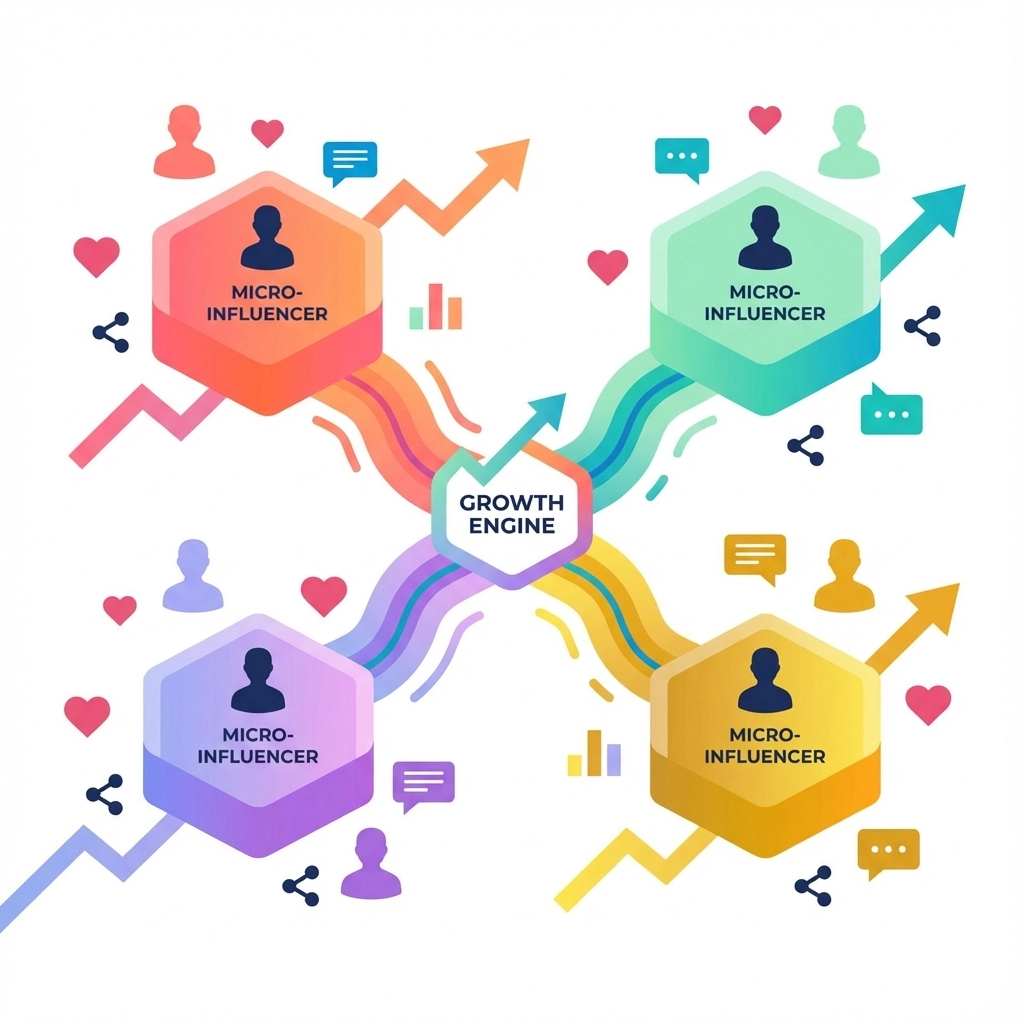
How Digital Traffic Factory Makes Micro-Influencer Marketing Simple
At Digital Traffic Factory, we’ve helped dozens of small businesses transform their influencer marketing from expensive celebrity partnerships to profitable micro-influencer campaigns. Here’s how we make it work:
Comprehensive Influencer Research and Vetting
We don’t just find influencers: we find the right influencers for your specific business. Our team analyzes engagement rates, audience demographics, content quality, and brand alignment to identify micro-influencers who will actually drive sales for your business.
Budget-Friendly Campaign Strategy
We work within your actual marketing budget to create maximum impact. Whether you have $500 or $5,000 monthly for influencer marketing, we’ll design a strategy that delivers measurable results without breaking the bank.
Performance Tracking and Optimization
Every campaign we manage includes detailed tracking and reporting. You’ll know exactly which influencers drive the most traffic, conversions, and revenue. We use this data to continuously optimize your campaigns for better performance.
Relationship Management
Building and maintaining relationships with multiple micro-influencers takes time and expertise. We handle all communication, contract negotiations, content approval, and campaign coordination so you can focus on running your business.
Real Results: What Small Businesses Are Achieving
One of our clients, a sustainable clothing brand, was spending $8,000 monthly on macro-influencer partnerships with minimal results. We shifted their strategy to work with 12 micro-influencers in the sustainable fashion space for $2,500 monthly.
Results after 3 months:
- 340% increase in website traffic from social media
- 180% increase in conversion rate
- 67% decrease in customer acquisition cost
- 290% increase in overall ROI from influencer marketing
Ready to Stop Wasting Money on Macro-Influencers?
The data is clear: micro-influencers deliver better engagement, higher conversion rates, and superior ROI for small businesses. But finding the right influencers, negotiating partnerships, and managing campaigns takes expertise and time you might not have.
Digital Traffic Factory specializes in creating profitable micro-influencer campaigns for small businesses. We handle everything from influencer research and vetting to campaign management and performance tracking.
Call us at 203-217-9496 today for a complimentary strategy session. We’ll analyze your current influencer marketing approach, identify opportunities for improvement, and show you exactly how micro-influencer partnerships can transform your marketing results.
Don’t let another month go by watching competitors get better results with smaller budgets. Contact Digital Traffic Factory at robert@digitaltrafficfactory.com or 203-217-9496 to discover how the right micro-influencer strategy can revolutionize your marketing ROI.

